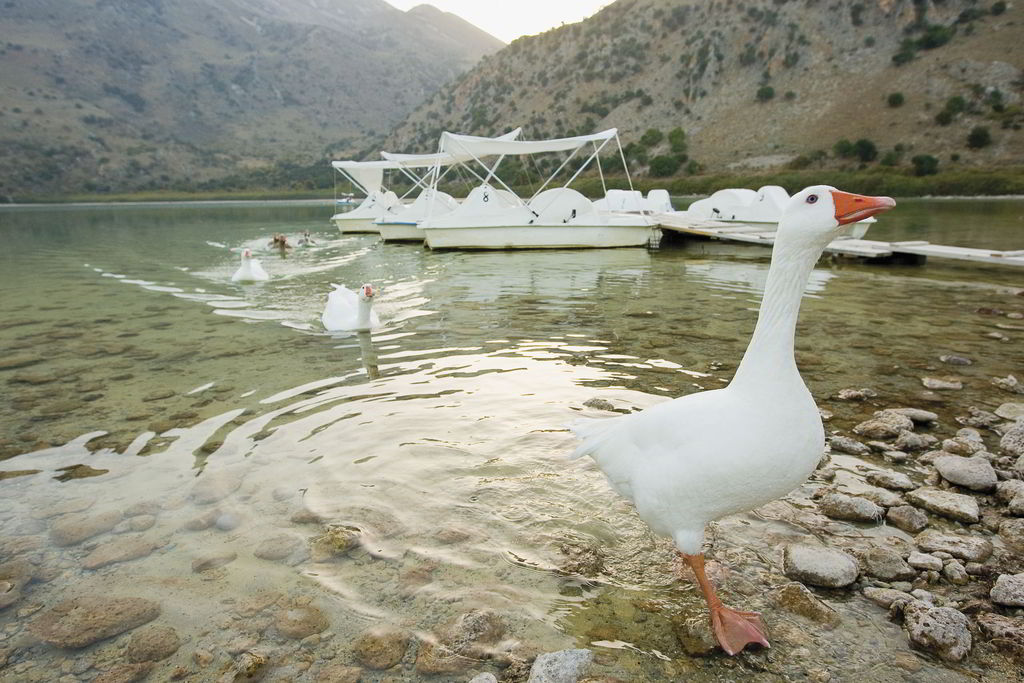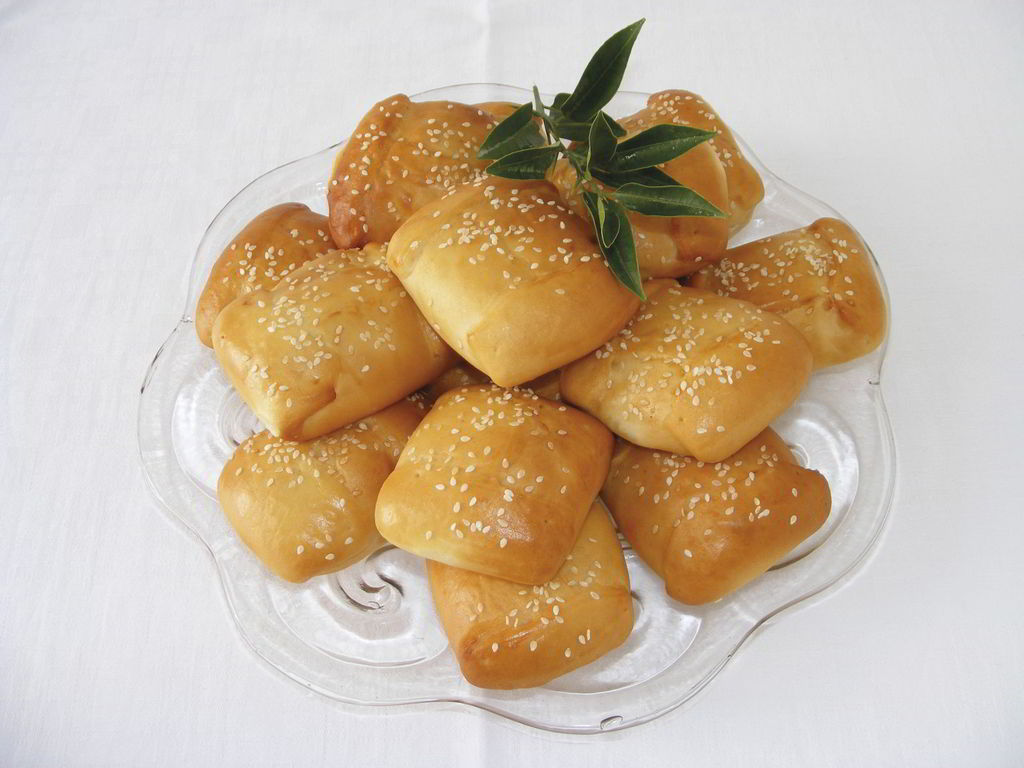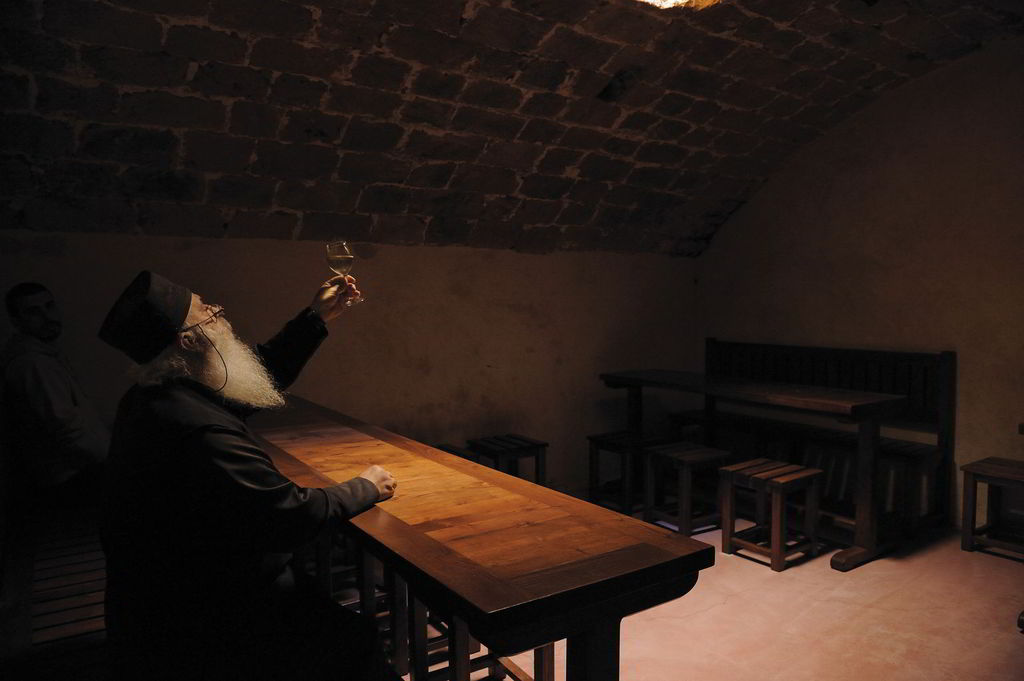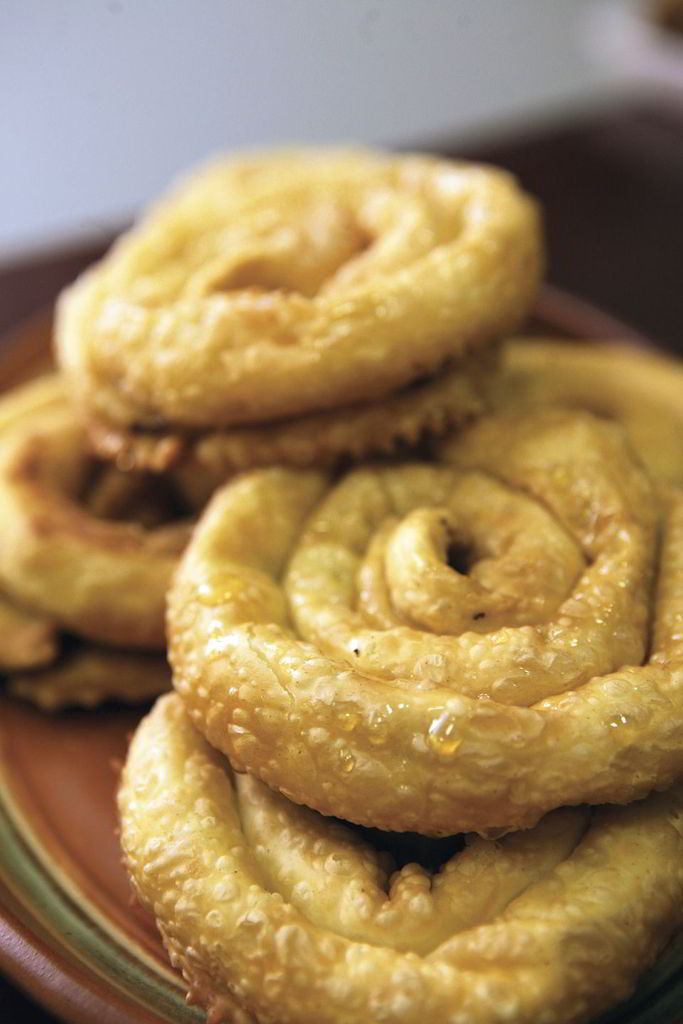



- Route 1
- Route 2
- Route 3
- Route 4
- Route 5
- Route 6
- Route 7
- Route 8
- Route 9
- Route 10
- Road
- Region Boundaries
- Accommodation
- Gastronomic Centre Restaurants-Taverns
- Winemakers
- Campsite
- Thermal springs & Spa Centres
- City
- Village
- History and Culture
- Folklore Cultural Events
- Country
- Sports & Recreation
- Ski resorts
- Tour guide needed
- Archaeological Sites & Monuments
- Natural Environment
- Church
- Female Cooperatives
- Plants local delicacies
- Local Products & Recipes
- By Foot
- By Car
- By Bicycle
- By Bus
- Port
- Railway Station
- Airport
- Seniors
- Families
- Youth
- The whole year
- Best Month
- Best Season
The visit to the villages of the inland of Chania is a rewarding experience, both for their landscape, and the special flavours.
Most of the villages are untouched by tourism and retain their traditional features, including the architecture and the old way of life.
Here, in these villages, the visitor will understand the specific characteristics of the Cretan people, and will enjoy the experience of hospitality and taste the Cretan cuisine.
The routes from one village to another in many cases are in their own attractions for visitors, since secondary roads crossing areas
are particularly graphic and have infinite beauty, so they make driving there a charming experience.
ROUTES
A walk on untrodden Mountains
Starting point of this tour is the seaside hamlet of Georgioúpolis, built in an area with a lot of water, plenty of vegetation and an endless beach -perhaps the largest in the whole of Crete.
Enjoy a relaxing swim or indulge in various sea sports. If nature trekking is your game, all you have to do is go to the nearby horseback riding centre and get a horse for a short ride.
From Georgioúpolis you go south, over the national road bridge, and after a while you will get to the village of Kournás, where a stop is definitely in order.
Walk downhill to the lake (it is the only natural lake on the island of Crete), which is worth visiting and from where you may rent pedalos, whereas if you want to enjoy the majestic view from above, your choice is to hand glide or paraglide from the launch site in the area.
Leaving Kournás behind, take the provincial road to Episkopí, go past the village of Fylakí and continue southbound towards Argyroúpolis, a village with lots of streams and of unique natural beauty, combined with traces of both ancient and more recent culture.
Look for the area where the springs of Agía Dýnami are located, a verdant place with streams flowing everywhere. In the past, there were numerous watermills used for grinding cereals and pressing olives; today there is but one. A little further on, you will come to the sources of the river Petrés, amidst and impressive scenery comprising centennial platanus trees.
The sights you simply can’t afford to miss are the ancient necropolis, the Roman period mosaic and a tree that is several centuries old. You may also visit the unique churches in the village and finally make a stop at the Museum of Popular Art to admire exhibits such as tools, weapons, handicrafts, etc.
Continue going uphill on a westbound course and at a mere 8 km you will come across Así Goniá, a village of herdsmen at the foot of the Sfakianá Mountains. Leaving Así Goniá behind and continuing on a difficult yet impressive path uphill, you will have to travel approximately 11 km to come to Kallikrátis, a very beautiful village with traditional houses that is only inhabited between the months of May and November. If you are nature aficionados, just outside the village you may find the 1 km-long ravine with the same name, through which you may walk.
Then you head west and at a close distance you will see the small village of Asféndos, with the homonymous cavern perched on a steep slope. This cave is of tremendous archaeological value, since in 1960 rock paintings were discovered, dating all the way back to the late Palaeolithic Age.
In the area you may also visit the (also homonymous) Asféndos Ravine. Continue your tour (now going downhill, towards Chaniá), go through the village of Petré and head north to meet Alíkambos, 11 km down the way. Just before entering the village, on your left, you will see an impressive winery that you may visit, after making the necessary arrangements with the owner, and taste local wines.
From Alíkambos, you take the Vrýses - Sfakiá provincial road towards the beautiful village of Vrýses, which is built in a valley full of trees, luxuriant vegetation and lots of streams. Here you should make a stop at the central square with the platanus trees and enjoy the scenery with the river and the ducks. There are but a few rooms to stay in, but the food here is a true delight, since you can enjoy it at one of the tavernas situated right next to the river. The village is famous for its dairy products.
Try the local goat cheese and yoghurt (perhaps the most scrumptious you have ever had), well-known all over Crete for their distinctive taste. Furthermore, the village of Vrýses is by far the best place for you to sample one of the most characteristic dishes of Western Crete: the traditional Sfakianés pies with cheese and honey.
Continuing eastward, in about ten minutes you will be all the way back to Georgioúpolis, the starting point of this most impressive route.
Seeking the water
The starting point of this route is Kalýves, the tourist resort located at the entrance of Soúda Bay.
At the village you may enjoy the sea on the great sandy beach with the crystal-clear waters -ideal for sea sports aficionados. To the east of the settlement, you may seek the ancient city with the small fortress, known as “Bíkorno”.
Leaving Kalýves, head east and at a distance of 5 km you will come across the other seaside village of Almyrída with its picturesque port and the fishing boats creating a truly idyllic scenery.
After Almyrída you continue uphill and after 4 km you come to the traditional settlement of Gavalochóri with a particularly interesting popular architecture. While walking around the settlement, don’t forget to visit the village Historical - Folklore Museum with its rich exhibits related to popular life. You are definitely in for a visit at the village women’s cooperative and admire handicrafts made using the traditional hand-made lace technique (kopanéli), similar examples of which you may find in the cities of Bruges, Belgium and Venice, Italy.
After walking past the platanus tree square, follow the path uphill and the signs will lead you to the restored 17th century pre-industrial oil press.
Just a little more walking will get you to the so-called Gavalianá Pigádia, which are carved in rock and have stone semi-domes that act like shelters -it’s a sight like no other.
If all this wandering around the village has made you hungry, you may stop for lunch at the picturesque square with the platanus tree and taste Cretan delicacies.
Continue your course eastbound, towards Vámos, a model agrotourism destination settlement. Leaving Vámos on a southbound direction, 6 km down the road you will meet the beautiful village of Vrýses. Here you may interpose the tour from Route 5.
From Vrýses you move west and will soon come across Tzitzifés, the birthplace of rizítiko song. The village produces delicious dairy and livestock products.
Continue your tour northbound on the Vrýses - Néo Chorió provincial road, towards the rural village of Fre with its magnificent architecture, where the locals produce olive oil, wine and livestock products.
Right before the settlement, make a stop at the enchanting site of Loutró for a sip of crystal-clear cool water from the fountain and catch your breath underneath the centennial platanus trees.
Going uphill, towards the village, enjoy the scenic path that is brimming with olive trees and vines.
Walk the settlement’s picturesque alleyways and narrow streets; admire the majestic church of Evangelístria (that has been declared a protected monument) with the icon of the Mother of Our Lord, painted by the Evangelist Luke; and visit other old churches as well.
Make a stop at the renovated Manoúsakas Mansion that houses the Museum of Fre. After Fre, move northbound and cross the most beautiful villages of Pemónia and Paidochóri to continue on a westbound course, towards Ramní.
You may sit at the traditional cafés on the beautiful central square, have a coffee or a rakí and sample a traditional dish with local specialties such as kalitsoúnia, mountain hórta (greens), boiled meat with rice or chochlioús -to name but a few.
Leaving Ramní, head northeast towards Stýlos that maintains to a great extent its traditional Cretan architecture and is well-known for the rich springs that flow in its square. Admire the two byzantine churches and visit the water bottling plant located at the square.
Next stop in your route, at a distance of 9 km, is Arméni, a small piece of heaven on earth, with tall platanus trees hiding the sky and rich springs flowing through their roots. It is a sight that will make you unwilling to ever leave.
Stop to catch your breath and have a coffee or a rakí at the traditional café under the old platanus tree. From here you will take the road back and in less than ten minutes you will have returned to Kalýves, the end of the route.




